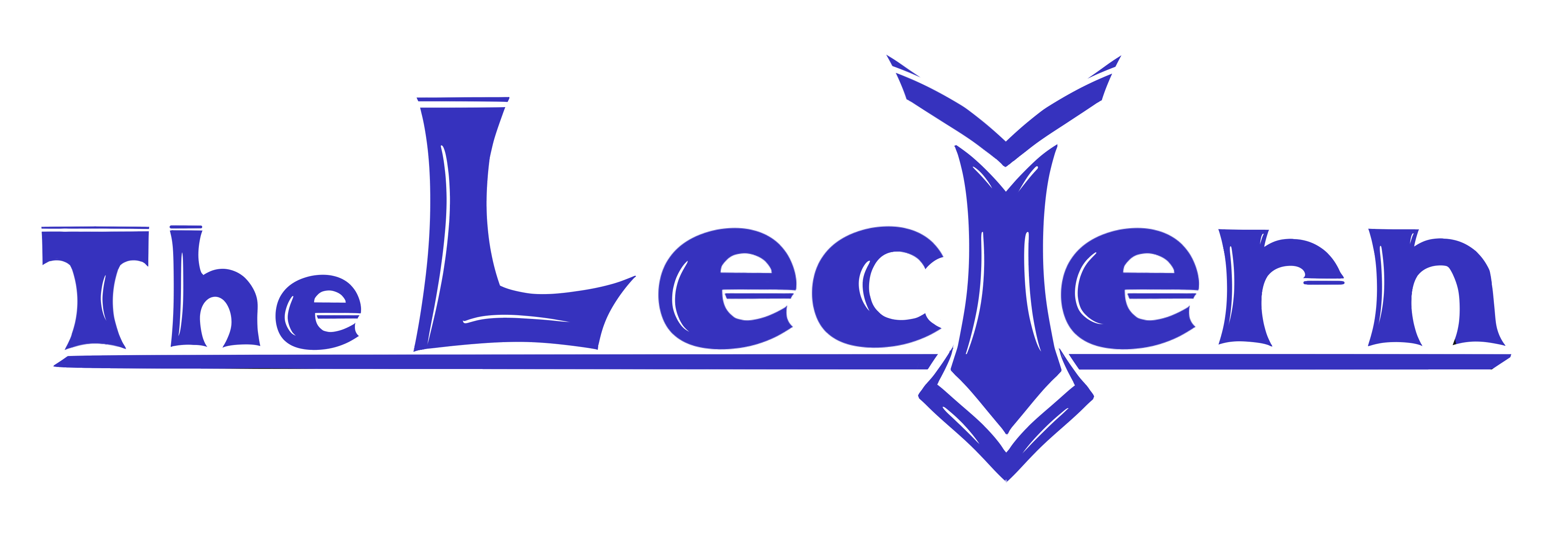About
The Lectern is an academic research journal that highlights the work of Thiel College students from across the disciplines. Submissions may be in a variety of formats including papers, posters, and audio/video presentations. Creativity is encouraged. Submissions are reviewed by a team of undergraduate editors for style, content, and originality. The Lectern is sponsored by the Dietrich Honors Institute at Thiel College and is open to all students. It is dedicated to fostering students’ interest, knowledge, and skills in researching, reviewing, editing, and publishing academic work.
Publishing Schedule
Issues will be released yearly during the Fall semester.
Peer Review Process
The Lectern follows a double-blind in vivo peer review process; meaning the identity of the authors of the manuscripts and the identity of the peer reviewers are anonymous. The purpose of the double-blind review, which is where two reviewers evaluate an anonymously written paper, is to have the most objectivity and overcome any bias of the single reviewer. Bias, in which there are many types, can affect the reviewing process if not dealt with accordingly. A double-blind review is aimed at examining the higher order concerns, such as the thesis and organization of a paper. The following steps are a more solidified system of peer reviewing submissions:
- The editors send each manuscript to the peer reviewers without revealing the author’s identity. Each manuscript is reviewed by more than one reviewer in order to obtain different perspectives and gain a well-rounded view of the manuscript.
- Based on the rubric attached below, peer reviewers read through the paper and provide comments and notes based on the objectives of the rubric. Each paper is graded based on its purpose, integrity, originality, content, and organization. While each category is rated individually and can affect the final decision, the paper as a whole is looked at when deliberating its rating. Each peer reviewer submits their own rubric, comments, and decision to the faculty advisor.
- After all the peer reviewers submit their own decisions, they then meet with the other person assigned to that same manuscript, where they then discuss their definite decision for the manuscript. This is where the “in vivo” part comes into play.
- The paper is either accepted, accepted with revisions, or rejected based on what the reviewers find. The two reviewers work together to fill out a decision letter that goes to the author(s).
- If the submission is accepted, authors will sign the author agreement document, which gives permission to publish their work. If the submission is rejected, authors will be notified and are encouraged to submit again in the future. If the submission is accepted with revisions, the author makes the corrections given by the peer reviewers and the manuscript is reviewed again by the previous reviewers. After the second submission, the manuscript will either be accepted or rejected.
Open Access Policy
All research articles published in The Lectern are open access: immediately freely available to read, download, and share. Articles are published under the terms of a Creative Commons license, which permits copying, distribution, displaying, and performing the work in any medium for non-commercial use, provided the original work is properly cited, but does not permit distribution of derivative works based on it.
For a fuller explanation of the license, visit this page on the Creative Commons website.

